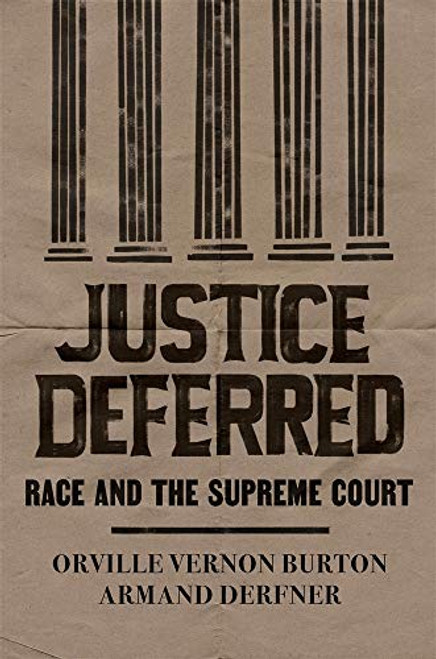Fifteen years after he became the first sitting Chief Justice to write a book about the United States Supreme Court, William H. Rehnquist has added new chapters and substantially revised his classic work.
The Supreme Court begins with the personal story of William Rehnquist's introduction to the Court as a law clerk to Justice Robert Jackson in 1952. From there it describes the Court's early evolution and function in our small, young democracy. Finally, it explains how the Court operates today.
Using biographical sketches of successive chief justices and associate justices and describing landmark cases, Rehnquist shows us how, as our country has grown and our politics have changed, the Court has moved in tandem with the executive and legislative branches to become the diverse and complex body we see in the present. The dramatic case of Marbury v. Madison, in which the Court first established its authority to declare an act of Congress unconstitutional, and the ill-starred Dred Scott decision, which held that Congress might not exclude slavery from a territorya decision that touched a raw nerve in the national consciousnessare two of the disputes described in detail.
In his intriguing analysis of the growth of our railroad systemwhich quickly spanned the nation, causing small towns to mortgage their futures for the right to a rail lineRehnquist shows how first states and cities, and then the national government, sought to regulate this new in-dustry, and how the constitutional questions raised by those regulations were resolved by the Supreme Court. He also treats in detail the relationship between the executive and judicial branchesand the sort of friction between them that culminated in President Franklin D. Roosevelt's Court-packing plan. Finally, the Chief Justice explains how the Supreme Court must necessarily limit itself to deciding cases that have a general public importance be-yond the concerns of the individual litigants.
The Supreme Court takes us into the Court's conference room and the justices' chambers, providing an instructive view of the operation of the Court on a day-to-day basis. We see the role played by the law clerks, and how the 4,000-odd petitions for certiorari each year are sifted in order to produce the approximately 100 cases the Court hears and decides on their merits. With grace and wit, Rehnquist describes both the least and the most effective methods of oral argument, what happens at the conferences of the justices, how decisions are reached, and how the majority and minority opinions are assigned and circulated.
This is a unique and valuable book, lucid, informative, and a delight to read. It stands as an important work on the operation and history of our highest Court.
The Supreme Court: A new edition of the Chief Justice's classic history
$40.23 - $48.97
- UPC:
- 9780375409431
- Maximum Purchase:
- 3 units
- Binding:
- Hardcover
- Publication Date:
- 2001-02-06
- Release Date:
- 2001-02-06
- Author:
- William H. Rehnquist
- Language:
- english
- Edition:
- Revised, Subsequent










